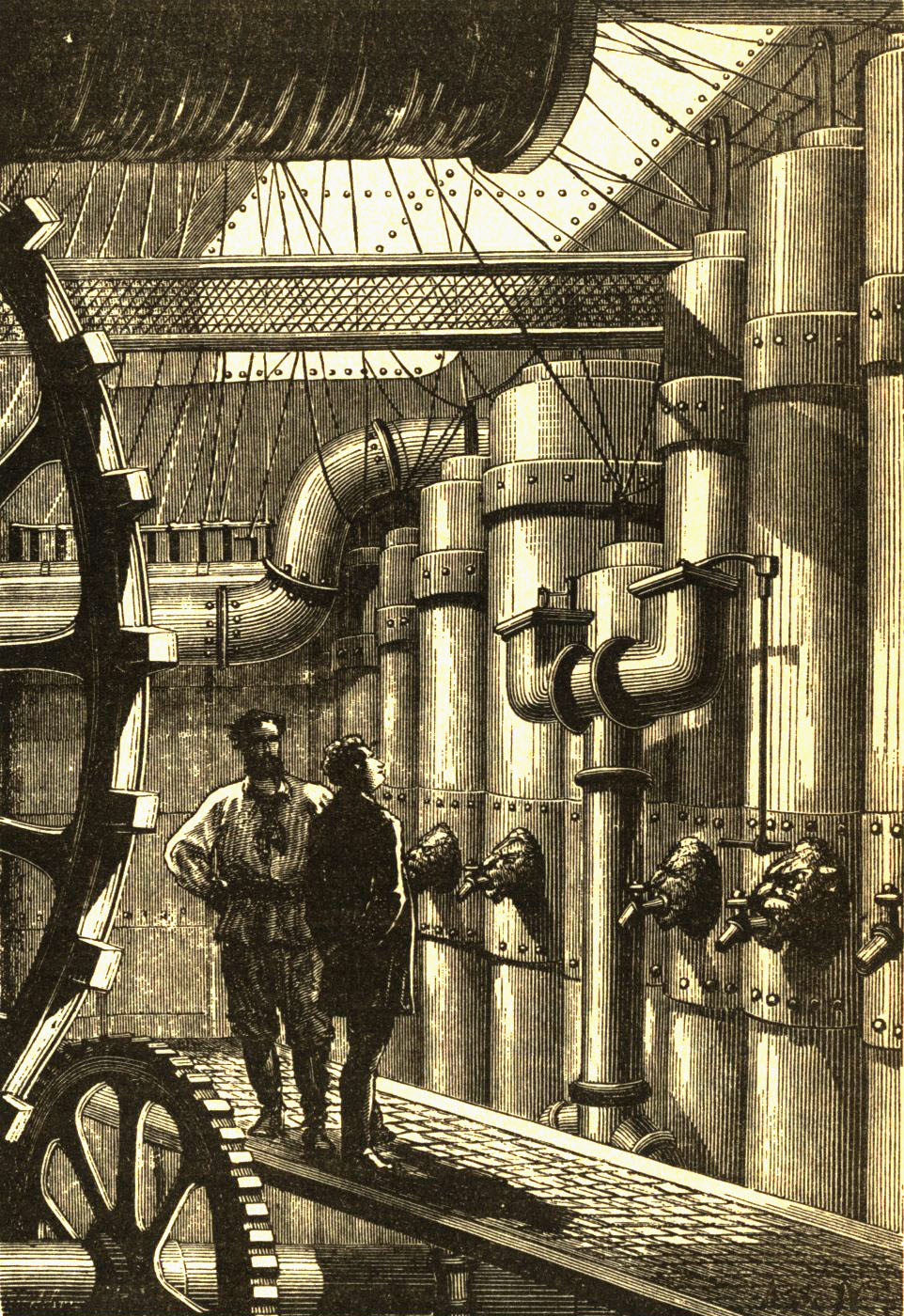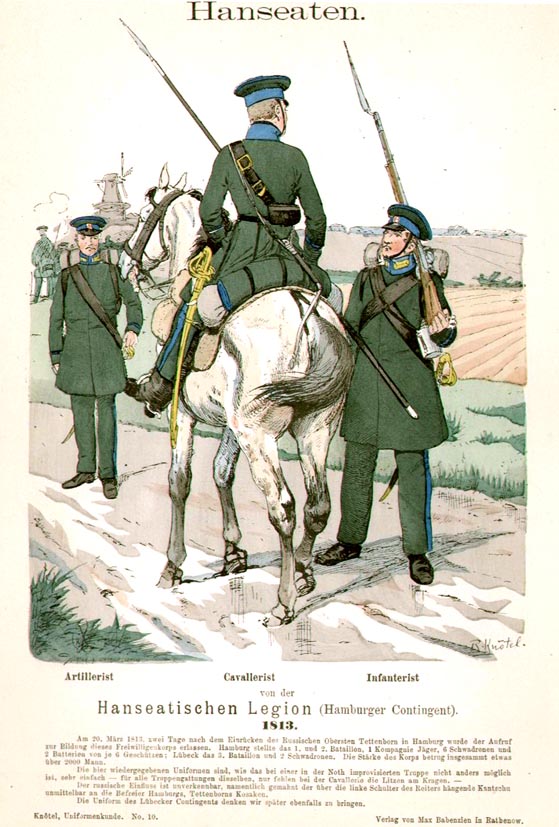|
Guns, God And Government Tour
Guns, God and Government was a worldwide arena tour by American rock band Marilyn Manson. It was the eighth tour the band embarked upon and the fourth to span over multiple legs. It was launched 17 days ahead in support of their fourth full-length studio album, ''Holy Wood (In the Shadow of the Valley of Death)'', which was released on November 14, 2000, in the US and Australia. Beginning on October 27, 2000, and lasting until September 2, 2001, the tour included six legs spanning Eurasia, Japan and North America with a total of 107 completed shows out of 109 planned. The show began in Minneapolis' Orpheum Theatre. The shows drew numerous protesters and resistance from civic and church leaders as well as other elements of local communities. The contentious Denver show, during the Ozzfest leg of the Guns, God and Government Tour, was also featured during Marilyn Manson's interview in Michael Moore's 2002 documentary film ''Bowling for Columbine''. Performance and show themes Ty ... [...More Info...] [...Related Items...] OR: [Wikipedia] [Google] [Baidu] |
Marilyn Manson (band)
Marilyn Manson is an American rock band formed by namesake lead singer Marilyn Manson and guitarist Daisy Berkowitz in Fort Lauderdale, Florida, in 1989. Originally named Marilyn Manson & the Spooky Kids, they gained a local cult following in South Florida in the early 1990s with their theatrical live performances. In 1993, they were the first act signed to Trent Reznor's Nothing Records label. Until 1996, the name of each member was created by combining the first name of a female sex symbol and the last name of a serial killer, for example Marilyn Monroe and Charles Manson. Their lineup has changed between many of their album releases; the eponymous lead singer is the only remaining original member. In the past, band members dressed in outlandish makeup and costumes, and engaged in intentionally shocking behavior both onstage and off. Their lyrics often received criticism for their anti-religious sentiment and references to sex, violence and drugs, while their live performan ... [...More Info...] [...Related Items...] OR: [Wikipedia] [Google] [Baidu] |
Papal Regalia And Insignia
Papal regalia and insignia are the official items of attire and decoration proper to the Pope in his capacity as the visible head of the Catholic Church and sovereign of the Vatican City State. Regalia The regalia of the papacy include the triregnum, a headgear with three crowns or levels, also called the triple tiara or triple crown. "Tiara" is the name of the headdress, even in the forms it had before a third crown was added to it. For several centuries, popes wore it during processions, as when entering or leaving Saint Peter's Basilica, but during liturgies they used an episcopal mitre instead. Paul VI used it on 30 June 1963 at his coronation, but abandoned its use later. None of his successors have used it. On his personal coat of arms, Pope Benedict XVI replaced the tiara with a mitre, but the tiara remains on the coat of arms of the Holy See and of Vatican City State. The Ring of the Fisherman, another item of papal regalia, is a gold ring decorated with a depict ... [...More Info...] [...Related Items...] OR: [Wikipedia] [Google] [Baidu] |
BDSM
BDSM is a variety of often erotic practices or roleplaying involving bondage, discipline, dominance and submission, sadomasochism, and other related interpersonal dynamics. Given the wide range of practices, some of which may be engaged in by people who do not consider themselves to be practising BDSM, inclusion in the BDSM community or subculture often is said to depend on self-identification and shared experience. The initialism ''BDSM'' is first recorded in a Usenet post from 1991, and is interpreted as a combination of the abbreviations B/D (Bondage and Discipline), D/s (Dominance and submission), and S/M (Sadism and Masochism). ''BDSM'' is now used as a catch-all phrase covering a wide range of activities, forms of interpersonal relationships, and distinct subcultures. BDSM communities generally welcome anyone with a non-normative streak who identifies with the community; this may include cross-dressers, body modification enthusiasts, animal roleplayers, rubb ... [...More Info...] [...Related Items...] OR: [Wikipedia] [Google] [Baidu] |
Steampunk
Steampunk is a subgenre of science fiction that incorporates retrofuturistic technology and aesthetics inspired by 19th-century industrial steam-powered machinery. Steampunk works are often set in an alternative history of the Victorian era or the American "Wild West", where steam power remains in mainstream use, or in a fantasy world that similarly employs steam power. Steampunk most recognizably features anachronistic technologies or retrofuturistic inventions as people in the 19th century might have envisioned them — distinguishing it from Neo-Victorianism — and is likewise rooted in the era's perspective on fashion, culture, architectural style, and art. Such technologies may include fictional machines like those found in the works of H. G. Wells and Jules Verne. Other examples of steampunk contain alternative-history-style presentations of such technology as steam cannons, lighter-than-air airships, analog computers, or such digital mechanical computers as ... [...More Info...] [...Related Items...] OR: [Wikipedia] [Google] [Baidu] |
Fur Coat
Fur clothing is clothing made from the preserved skins of mammals. Fur is one of the oldest forms of clothing, and is thought to have been widely used by people for at least 120,000 years. The term 'fur' is often used to refer to a specific item of clothing such as a coat, wrap, or shawl made from the fur of animals. Humans wear fur garments to protect them from cold climates and wind chill, but documented evidence of fur as a marker of social status as far back as 2,000-years ago with ancient Egyptian emperors and high priests wearing the skins of leopards. Historically in European and Middle Eastern cultures fur garments often had the fur facing inwards with cloth on the exterior of the jacket, but in the 19th century a trend for wearing seal fur coats with the fur facing outwards became the trend. World wide both styles are popular, with fur linings offering more thermal benefits and exterior furs serving more of a fashionable purpose. History Fur is generally th ... [...More Info...] [...Related Items...] OR: [Wikipedia] [Google] [Baidu] |
Garter (stockings)
A garter is an article of clothing comprising a narrow band of fabric fastened about the leg to keep up stockings. In the eighteenth to twentieth centuries, they were tied just below the knee, where the leg is most slender, to keep the stocking from slipping. The advent of elastic has made them less necessary from this functional standpoint, although they are still often worn for fashion. Garters have been widely worn by men and women, depending on fashion trends. Garters in fashion In Elizabethan fashions, men wore garters with their hose, and colourful garters were an object of display. In Shakespeare's ''Twelfth Night'', "cross braced" garters (a long garter tied above and below the knee and crossed between), as worn by the character Malvolio, are an object of some derision. In male fashion for much of the 20th century a type of garter for holding up socks was used as a part of male dress; it is considered somewhat archaic now. Use in wedding traditions There is a Western ... [...More Info...] [...Related Items...] OR: [Wikipedia] [Google] [Baidu] |
G-string
A G-string is a type of thong, a narrow piece of fabric, leather, or satin that covers or holds the genitals, passes between the buttocks, and is attached to a waistband around the hips. A G-string can be worn both by men and by women. It may also be worn in swimwear, where it may serve as a bikini bottom, but may be worn alone as a monokini or topless swimsuit. G-strings may also be worn by exotic or go-go dancers. As underwear, a G-string may be worn in preference to panties to avoid creation of a visible panty line, or to briefs in order to enhance sex-appeal. The two terms ''G-string'' and ''thong'' are sometimes used interchangeably; however, technically they refer to different pieces of clothing. Etymology Since the 19th century, the term ''geestring'' referred to the string which held the loincloth of Native Americans and later referred to the narrow loincloth itself. William Safire in his ''Ode on a G-String'' quoted the usage of the word "G-string" for loincl ... [...More Info...] [...Related Items...] OR: [Wikipedia] [Google] [Baidu] |
Bondage Corset
A bondage corset, used for activities of or relating to bondage, is a full-figured corset that is sometimes called a discipline corset. A bondage corset is very long, rigid, and restricting. It is constructed to place severe limitations on the wearer's movements. It generally extends to just above the knees, and is constructed to be laced very tightly. These corsets are often designed to be worn for long periods of time, including overnight and while sleeping. If they are not designed as such, they can be extremely uncomfortable if fallen asleep in. See also * History of corsets * Hourglass corset * Training corset * Charles Guyette Charles Guyette (August 14, 1902 – June, 1976) was a pioneer of fetish style, the first person in the United States to produce and distribute fetish art, and regarded as the mail-order predecessor of Irving Klaw. Later known as the "G-String K ... * Redresseur corset References Corsetry Fetish clothing {{BDSM-stub ... [...More Info...] [...Related Items...] OR: [Wikipedia] [Google] [Baidu] |
Peaked Cap
The peaked cap, peaked hat, service cap, barracks cover or combination cap is a form of headgear worn by the armed forces of many nations, as well as many uniformed civilian organisations such as law enforcement agencies and fire departments. It derives its name from its short visor, or peak, which was historically made of polished leather but increasingly is made of a cheaper synthetic substitute. The term forage cap is also used though that also applies to "field service cap" or the side cap. Other principal components are the crown, band and insignia, typically a cap badge and embroidery in proportion to rank. Piping is also often found, typically in contrast to the crown colour, which is usually white for navy, blue for air force and green for army. The band is typically a dark, contrasting colour, often black, but may be patterned or striped. In the British Army, each regiment and corps has a different badge. In the United States Armed Forces, the cap device is unifor ... [...More Info...] [...Related Items...] OR: [Wikipedia] [Google] [Baidu] |
Uniforms And Insignia Of The Schutzstaffel
The uniforms and insignia of the ''Schutzstaffel'' served to distinguish the Nazi Germany paramilitary ranks, Nazi paramilitary ranks of the ''Schutzstaffel'' (SS) between 1925 and 1945 from the ranks of the ''Wehrmacht'' (the regular German armed forces from 1935), the Nazi Germany, German state, and the Nazi Party. Uniform design and function While different uniforms existed for the SS over time, the all black SS uniform adopted in 1932 is the most well known. The black-white-red colour scheme was characteristic of the German Empire, and was later adopted by the Nazi Party. Further, black was popular with Fascist movement, fascist movements: a black uniform was introduced by the blackshirts in Kingdom of Italy, Italy before the creation of the SS. There was a traditional reason, as well: just as the Prussian kings' and emperors' life-guard cavalry (''Leibhusaren'') had worn Totenkopf#Prussia, black uniforms with skull-and-crossbones badges, so would the ''Führer''s bodyguard u ... [...More Info...] [...Related Items...] OR: [Wikipedia] [Google] [Baidu] |
Galea (helmet)
A ''galea'' (, from Greek γαλέη, ''galéē'', "weasel, marten") was a Roman soldier's helmet. Some gladiators, specifically myrmillones, also wore bronze ''galeae'' with face masks and decorations, often a fish on its crest. The exact form or design of the helmet varied significantly over time, between differing unit types, and also between individual examples – pre-industrial production was by hand – so it is not certain to what degree there was any standardization even under the Roman Empire. Originally, Roman helmets were influenced by the neighboring Etruscans, people who utilised the "Nasua" type helmets. The Greeks in the south also influenced Roman design in its early history. The primary evidence is scattered archaeological finds, which are often damaged or incomplete. There are similarities of form and function between them. Helmet types H. Russell Robinson in his book ''The Armour of Imperial Rome'', published in 1975, classified into broad divisions the v ... [...More Info...] [...Related Items...] OR: [Wikipedia] [Google] [Baidu] |
Legionary
The Roman legionary (in Latin ''legionarius'', plural ''legionarii'') was a professional heavy infantryman of the Roman army after the Marian reforms. These soldiers would conquer and defend the territories of ancient Rome during the late Republic and Principate eras, alongside auxiliary and cavalry detachments. At its height, Roman legionaries were viewed as the foremost fighting force in the Roman world, with commentators such as Vegetius praising their fighting effectiveness centuries after the classical Roman legionary disappeared. Roman legionaries were recruited from Roman citizens under age 45. They were first predominantly made up of recruits from Roman Italy, but more were recruited from the provinces as time went on. As legionaries moved into newly conquered provinces, they helped Romanize the native population and helped integrate the disparate regions of the Roman Empire into one polity. They enlisted in a legion for 25 years of service, a change from the early pr ... [...More Info...] [...Related Items...] OR: [Wikipedia] [Google] [Baidu] |



_(cut).jpg)




